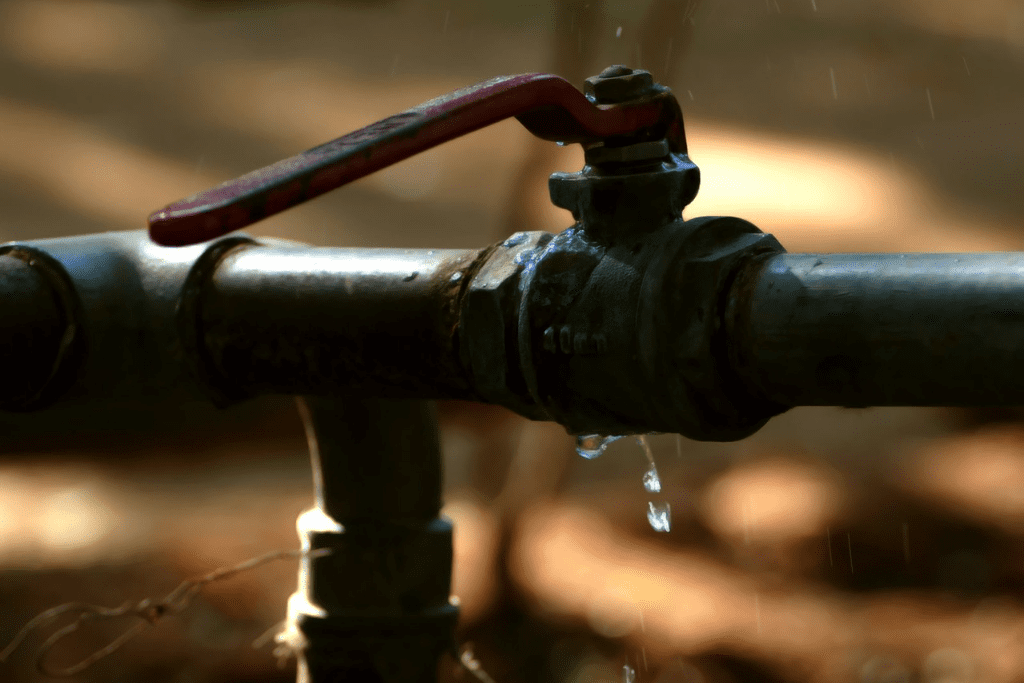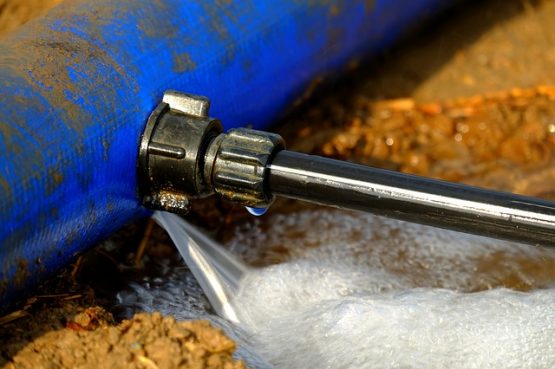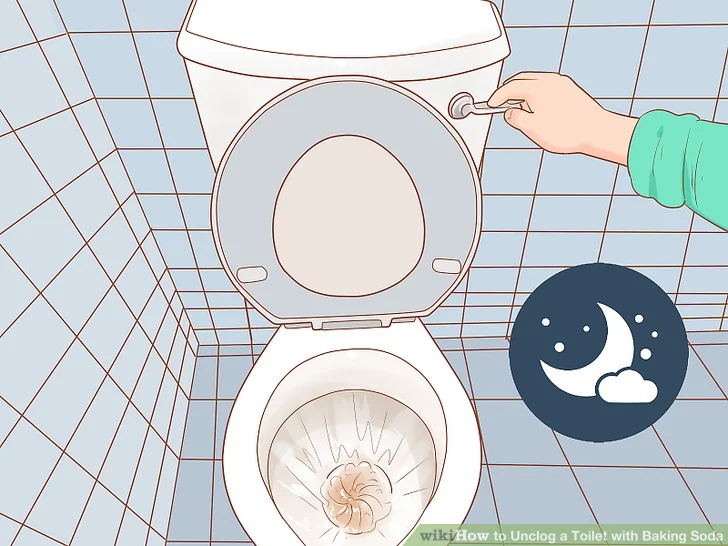Water Leak Detection Services
Leaking pipes can cause a great amount of water damage to your home, including rotting walls, flooring, furniture, and other items the water is in consistent contact with. The moisture can eventually lead to pesky mold growth. There are a number of things that can cause a water leak, but some are more common than others. The trouble is, you can’t always tell where a leak is occurring
Emergency Water Leak Repair Service
In and of themselves, leaks aren’t a huge issue. But if you don’t spot the leak right away—if it’s hidden somewhere that you wouldn’t normally be able to check—it can cause a great deal of damage. Drywall, furnishings and even wiring and electrical components can be severely damaged by dripping water over time. The faster you can put an end to such leaks the better.
Water Leak Detection
shut off all of the water taps both inside and outside of your home, and then record the meter. Come back a couple of hours later to see whether the meter has changed. If your water usage has increased at all from your first recording, there’s a good chance you have a leak that needs to be repaired by a plumber.
Trust a Professional for Water Leak Repair
professionals. Plumbers have the right experience and proper tools to do the job. More importantly, they are licensed and bonded, which means you won’t be stuck in the event the unexpected happens and can depend on someone who repairs leaks for a living to do the job the right way.
Professional Water Leak Detection Service
use special video camera technology and similar advanced methods to spot the placement of the leak, which eliminates fishing expeditions and ensures that the repairs can begin without unnecessary damage to your home.

Water Leak Detection
If something is leaking, follow the mess and you’ll find it – right? Unfortunately, that statement isn’t always true – and it’s why you need the kind of expert leak detection
A leak can really drive you nuts because, while not necessarily an absolute emergency, deep down you just know it’s causing damage and racking up huge bills.
Water Leaks and Burst Pipes can be big trouble. But it’s not always obvious where the leak is coming from. However, it’s all a lot easier with the best water leak detection
Thermal Imaging
You’ve seen this state of the art technology used by the police, the military and when people are looking for ghosts or even Bigfoot! But it’s when thermal/infrared inspections are detecting hidden issues in your plumbing system that they really do their best work.
How’s that? It’s the most advanced plumbing leak detection technology available for finding leaks inside and outside of the building. With this sort of advanced plumbing leak detection technology and expertise,
HELPING THE POOL PROFESSIONAL SOLVE LEAK PROBLEMS
GATHER INFORMATION
Before investing time in extensive testing procedures it is important to gather information about the pool’s actual water loss. When gathering information, you should first determine if there really is a leak. A “Bucket Test” can be performed to determine how much of the observed water loss is due to evaporation and how much is due to a leak. Other tests such as the “Pump On/Pump Off Test” will provide a useful base of information that will be helpful as you continue the leak detection process. If you want to be more efficient when determining a location of the leak, The Leakalyzer Water Loss Sensor assists by enabling the collection of this information in minutes rather than days.
PRESSURE TEST PLUMBING
Regardless of the suspected location of the problem, a pressure test of all plumbing lines should be done to confirm whether the leak is in the plumbing or the structure (shell) of the pool. Using the process of elimination, pressure testing allows you to conclusively isolate which part of the pool is leaking so later location procedures can be efficiently targeted.
Pressure Testing Kits that include a Pressure Tester and Open Stem Plugs as well as an assortment of Closed Plugs all packed in a convenient tote. These kits provide what you will need to quickly and confidently pressure test most residential swimming pools. Depending on where you are located and the type of pools you frequently work on you will likely customize your kit with additional plug sizes and styles based on your experience
PINPOINT PLUMBING LEAKS
If a leaking section of plumbing is identified, add a constant flow of air from a regulated air source into the line. As this air escapes into water saturated soil it will make a distinctive bubbling sound that can be pinpointed through the pool deck or soil with an electronic listening device. In most cases this process will enable the location of hidden underground leaks so that repairs can be made with minimal excavation. In situations where this noise cannot be created a Gas Sniffer can be used to locate the presence of a tracer gas escaping from the leak.
CHECK STRUCTURAL LEAK LOCATION
Using a Dye Tester, put a small amount of dye near suspected leak areas in the structure of the pool to see if the dye is pulled out of the pool. Check skimmers, return fittings, lights, cracks, main drains, and hydrostatic valves. Diving Equipment may be necessary for checking for leaks at the bottom of the pool. Hydrophones (an underwater microphone that attaches to an XLT17 or XLT30 Listening Device) can be used to check areas especially in concrete pools that can’t be reached without diving.
LEAK DETECTION
An undetected leak can cause significant water damage to your home and allow mold and mildew to grow. When a leak is beneath the slab foundation or behind a wall, locating the exact damage of the pipe can be a challenge.
Detecting Hidden Water Leaks
Accurate leak detection is essential for prompt repairs and preventing damage to your home. We have the most advanced equipment to detect all types of leaks, including slab leaks. When a pipe leaks under the slab, it can be difficult to identify the source of the problem. Fortunately, there are some signs that can help tell you when you have a slab leak.
You may have a slab leak if you notice:
An excessive water bill
Hot or cold spots on the floor
A damp or soggy spot on the carpet or flooring
An odor of mildew or mold
Because slab leaks occur under the concrete slab and other leaks happen behind walls, pinpointing the source without damaging your flooring or walls has been a challenge. The development of electronic leak detection equipment enables our technicians to find the exact location of the pipe damage without causing any damage to your home.
Gas Leak Detection & Repair
Although there are many signs of a gas leak such as a rotten egg smell, a hissing sound near the connections, or dying vegetation around the gas line, nothing beats the expertise of a professional gas plumber

Leak Detection Checklist: The User Guide
That said, a little depth, a little clarification, a little explanation can only enrich the resource. It’s like doing your taxes: when you’ve done it often enough, all you really need is the form. But it’s always good to have the instruction booklet to reference and make sure you’re fully understanding the boxes you’re filling in.
Faulty connections, fittings, and valves
No facility can be served by one long, single pipe, and anywhere two (or more) pipes meet, leaks are possible. Time and wear can deteriorate and break the seals and, left unchecked, small leaks can become big leaks and cause significant damage
Failing or freezing pipes
Frozen fluids expand with enough force to crack plastic, copper, or even steel pipes. When that frozen water thaws, the resulting leaks can cause damage not only to the pipes and fittings but also to the walls around them. (P.S. This isn’t just external pipes; if your heating system goes down, any pipe runs the risk of freezing.)
At-risk water supply or return lines
There are a number of risks that your pipes may encounter: freezing, water hammer, age, physical damage. Think about the environment that surrounds your pipes and what dangers exist. For example, be aware of the pipes that feed into overhead sprinklers. Those sprinklers are prone to damage and are a weak spot in your water system.
Uncapped sprinkler lines
Like we said, these things are dangerous. Though it’s infrequent, when repairs are made to overhead fire suppression systems, sprinkler heads can be left uncapped. The result is an open water line that can spew a tremendous volume of water very quickly. Know where your sprinklers are and be aware of any maintenance they undergo.













